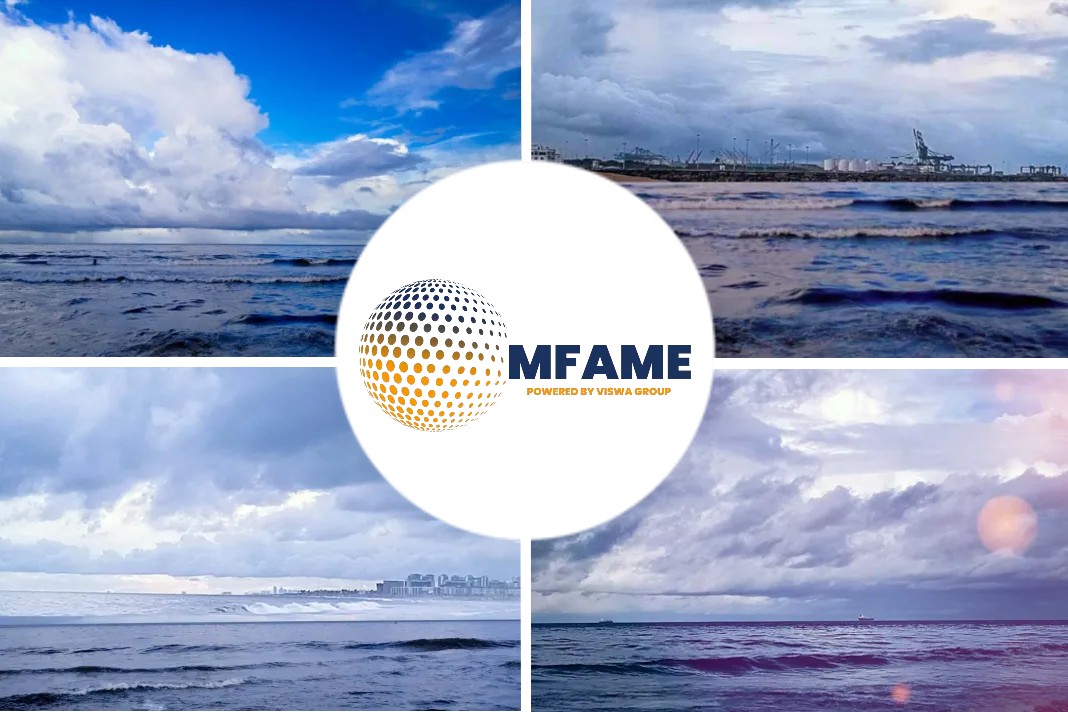
Fuel magic and shipping’s third revolution, writes Andrew Craig-Bennett for Splash 247 news source.
106 methanol-fuelled ships under construction or on order
This newspaper told us a week ago that according to DNV there are 106 methanol-fuelled ships under construction or on order, of which 68 are containerships. I’ll amend that to dual-fuelled ships because not one shipowner is proposing to rely entirely on something other than very low sulphur heavy fuel oil to propel a ship.
There are slightly more LNG – and – VLSFO-fuelled ships than there are methanol – and – VLSFO – fuelled ships on order and under construction; there are fewer ammonia – and – VLSFO-fuelled ships on order and under construction and there are a couple of battery-powered ships and no nuclear ships on order and under construction. That’s it. Oh, there is a wooden sailing ship, also.
This tells us that there are many people who don’t want to decide about the fuel of the future, and that absolutely everybody wants to continue using heavy fuel oil. Anyone from outside the shipping trade might start wondering about mountains going into labour and giving birth to mice, to quote a Roman poet, because after years of wittering on about it we have, as the merchant shipping industry, done almost nothing to move ourselves off heavy fuel oil. Maersk tells us that it will have the first ‘carbon neutral’ containership, now being fitted out, in service by the summer.
Technical University of Denmark
Readers will have noted the calculation put forward by Harilaos Psaraftis of the Technical University of Denmark in this paper on April 4 under the title ‘The risks of regulatory complexity’ which in turn refers to an article by Sam Chambers on March 30 titled ‘Owners advised on new plays and pools in wake of EU carbon pricing regulations’, which discusses a paper put out by Lloyds Register and Ahti Consulting.
I suspect, gentle reader, that your reactions will be much like mine; “We have got to bestir ourselves and understand some rather difficult regulations if we are not going to lose more money than we have to, this isn’t going to be much fun, and perhaps that is what those clever folk in the Blue Building in Copenhagen are up to!”
Well, we can thank Splash for putting most of what we may need to know about the fuel regulatory aspects of the operation of ships into and out of the ports of the European Union in the years to come in one place. Note – this is just Europe. Other places may differ.
Incidentally, if you want to stem methanol for bunkers in the very European, environmentally aware, port of Rotterdam, you can do so. On 14 days’ notice. And that’s not green methanol; that’s the everyday stuff. I did spend a little time reading about green methanol and I found a three-year-old item in which a very well-known German industrial and chemical company announced that it was able to produce 10 litres of green methanol, per hour. I’m sure that Maersk and its friends in Danish shipping circles (that’s everybody in Danish shipping circles) have another source of green methanol, but if it were abundant, they would be selling it to the rest of us.
Merchant shipping business
This is not the first time that the merchant shipping business has had to think hard about what ships and shipping are going to have to be like, in future. Between 1860 and 1880, ships changed from wooden sailing ships built from local trees on any convenient beach, to iron and steel triple expansion screw steamships, built in expensively equipped shipyards. Between 1960 and 1980 general cargo ship owners tried palletisation, tried roll-on, roll-off, tried Lighter Aboard Ship and finally concluded that containers were the answer.
There are things to think about here. Only two or three of the shipowners who dominated the shipping scene at the start of each of these revolutions was still around at the end of each of them, and in both cases the right answer was much the most capital intensive. We are now confronting revolution number three. The first two involved things that you could walk up to and pat. This one involves things we cannot see; the air we breathe and man-made regulations. We are going from a cheap, safe, fuel to one of several expensive and dangerous fuels.
Scared, yet?
Did you subscribe to our daily Newsletter?
It’s Free! Click here to Subscribe!
Source: Splash 247


























